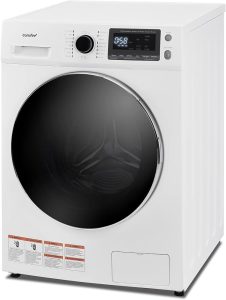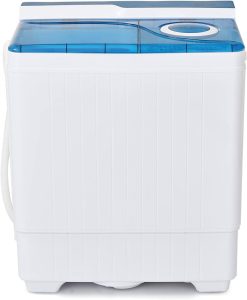How do you check the water supply on a washing machine?
Introduction
A properly functioning water supply is essential for your washing machine to operate effectively. If your washing machine is not filling with water or experiencing low water pressure, it may indicate an issue with the water supply. In this guide, we will provide a step-by-step approach to checking the water supply on a washing machine. From inspecting the water supply valves and hoses to ensuring proper water pressure and addressing common issues, each section will outline specific actions to take. By following these instructions, you can identify and resolve water supply problems, ensuring your washing machine operates smoothly.

How do you check the water supply on a washing machine?
Inspecting the Water Supply Valves
1.1. Turn Off the Water Supply
Before inspecting the water supply valves, turn off the water supply. Locate the shut-off valves typically found on the wall behind the washing machine or in a nearby utility area. Rotate the valves clockwise until they are fully closed, stopping the flow of water to the machine.
1.2. Accessing the Water Supply Valves
With the water supply turned off, locate the water supply valves behind the washing machine. These valves connect the water hoses to the plumbing system. Verify that both the hot and cold water supply valves are fully open, allowing water to flow.
1.3. Open the Water Supply Valves
Rotate the water supply valves counterclockwise to fully open them. Ensure they are fully turned on to allow maximum water flow to the washing machine.
1.4. Checking for Leaks
While the water supply valves are open, visually inspect them for any signs of leaks. Look for drips, puddles, or wet areas around the valves. If leaks are detected, tighten the valve connections or replace the faulty valve to prevent water wastage and potential damage.
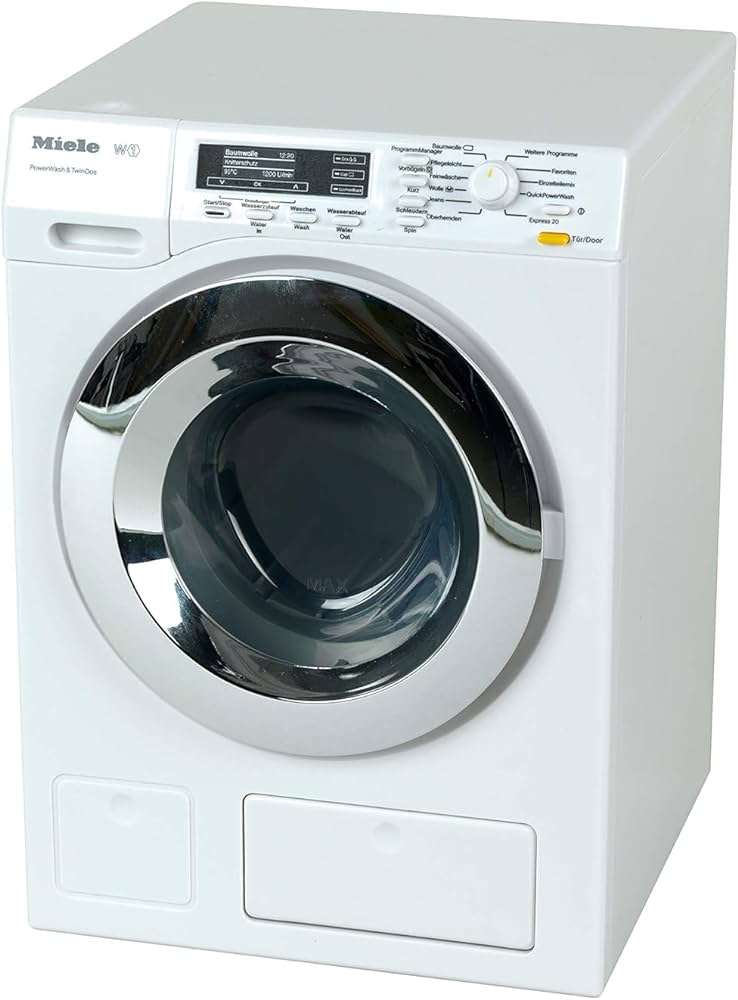
Inspecting the Water Inlet Hoses
2.1. Turn Off the Water Supply
Before inspecting the water inlet hoses, turn off the water supply valves as mentioned in step 1.1.
2.2. Disconnect the Hoses
Locate the water inlet hoses connected to the back of the washing machine. Unscrew the hose connections by turning them counterclockwise. Ensure you have a towel or a bucket to catch any residual water that may spill out when disconnecting the hoses.
2.3. Check for Debris or Blockages
Inspect the openings of the water inlet hoses and the hose washers for any debris or blockages. Remove any visible dirt, sediment, or debris by wiping or rinsing the hoses and washers.
2.4. Examine the Hoses for Damage
Check the water inlet hoses for any signs of damage, such as cracks, bulges, or wear and tear. If any damage is detected, replace the hose with a new one to prevent potential leaks or bursts.
2.5. Reconnect the Hoses
Securely reconnect the water inlet hoses to both the washing machine and the water supply valves. Ensure the connections are tight, but avoid over-tightening, which may cause damage or leaks.
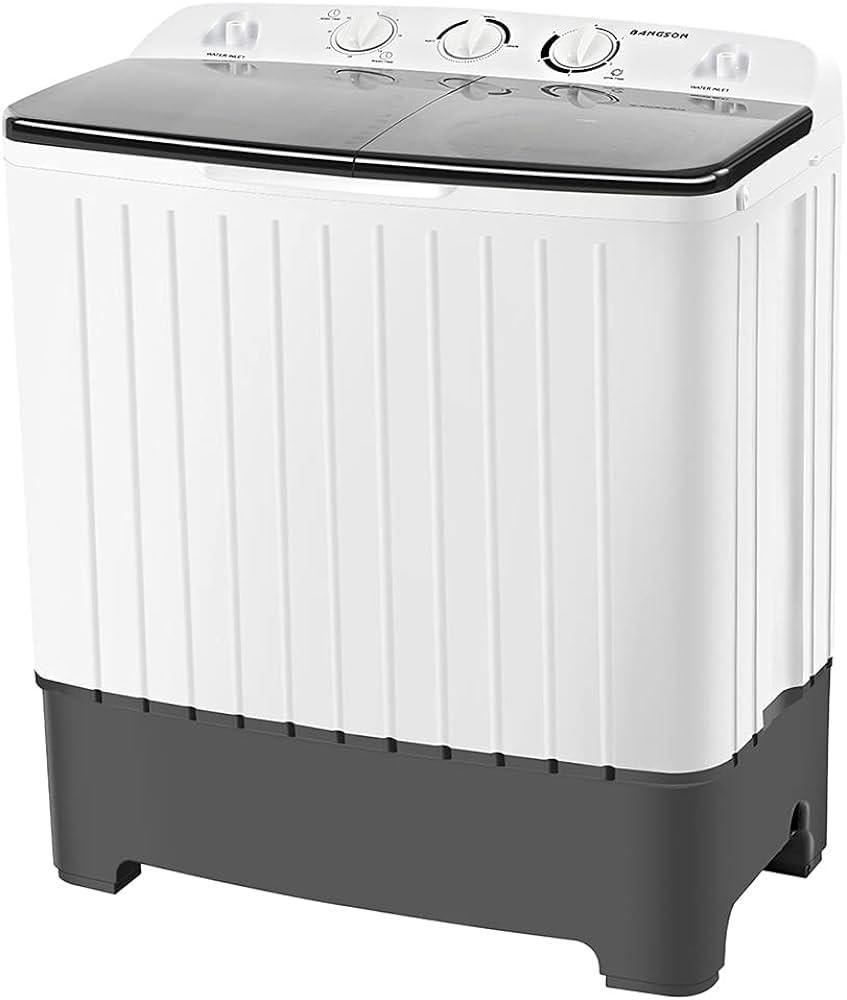
Checking Water Pressure
3.1. Water Pressure Requirements
Verify that the water pressure supplied to your home meets the requirements for your washing machine. Most machines require a minimum water pressure of 20 PSI (pounds per square inch) and a maximum of 100 PSI.
3.2. Testing Water Pressure
To check the water pressure, you can use a water pressure gauge available at most hardware stores. Follow the instructions provided with the gauge to measure the water pressure at a nearby faucet. If the pressure falls outside the recommended range, consult a plumber to address any low or excessive pressure issues in your home’s water supply system.
Addressing Common Water Supply Issues
4.1. Clogged Water Inlet Screens
Some washing machines are equipped with screens or filters inside the water inlet valve ports. Over time, these screens can become clogged, restricting water flow. Refer to the manufacturer’s instructions to locate and clean these screens if necessary.
4.2. Low Water Pressure
If you are experiencing consistently low water pressure, it may affect the filling performance of your washing machine. Contact a professional plumber to evaluate and address any underlying issues with your home’s water supply system.
4.3. Frozen Pipes
In cold climates, frozen pipes can disrupt the water supply to your washing machine. If you suspect frozen pipes, consult a professional plumber to thaw the pipes safely and prevent potential damage.
4.4. Faulty Water Inlet Valve
A malfunctioning water inlet valve can also affect water supply. If you suspect a faulty valve, consult a professional technician or contact the washing machine manufacturer for guidance on repair or replacement.
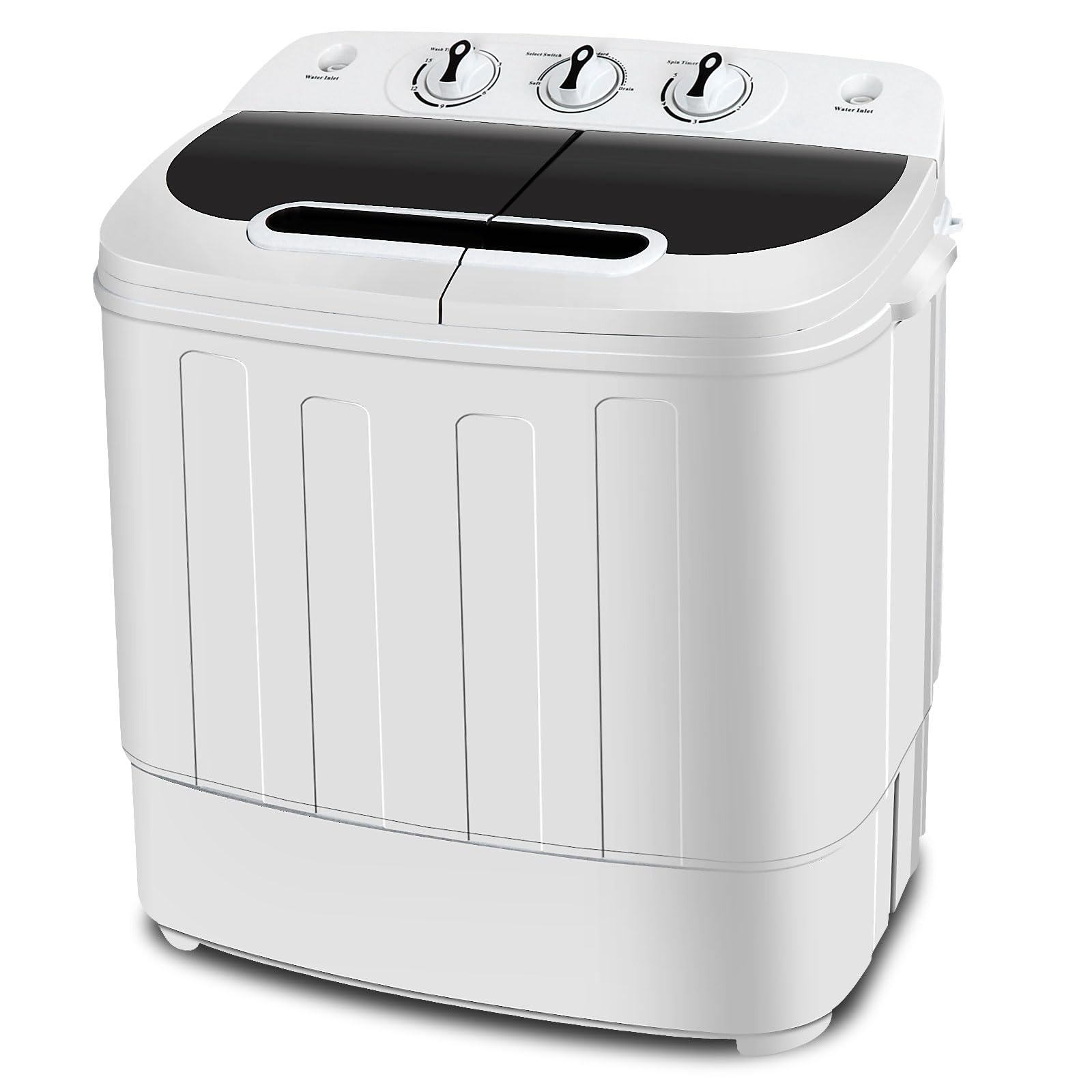
Testing the Water Inlet Valve
6.1. Disconnect the Power
Before testing the water inlet valve, disconnect the power supply to the washing machine. Unplug the machine from the electrical outlet or switch off the circuit breaker dedicated to the washing machine.
6.2. Locate the Water Inlet Valve
The water inlet valve is typically located at the back of the washing machine, behind the access panel. Consult the washing machine’s manual or manufacturer’s instructions to identify the exact location of the valve.
6.3. Inspect the Water Inlet Valve
Visually inspect the water inlet valve for any signs of damage, leaks, or corrosion. Look for cracks, loose connections, or any other abnormalities.
6.4. Testing for Continuity
Using a multimeter set to the resistance (ohms) setting, test the water inlet valve for continuity. Disconnect the wire harness connected to the valve terminals. Touch the multimeter probes to the terminals of the valve and check for a reading of continuity. If there is no continuity, it indicates a faulty water inlet valve that needs to be replaced.
6.5. Replacing the Water Inlet Valve
If the water inlet valve fails the continuity test or shows signs of damage, it will need to be replaced. Consult the washing machine’s manual or contact the manufacturer for the specific replacement part and instructions on how to install it properly.
Inspecting the Water Level Pressure Switch
7.1. Disconnect the Power
Before inspecting the water level pressure switch, ensure that the power supply to the washing machine is disconnected. Unplug the machine from the electrical outlet or switch off the circuit breaker dedicated to the washing machine.
7.2. Locate the Water Level Pressure Switch
The water level pressure switch is typically located behind the control panel or on the top or side of the washing machine. Consult the washing machine’s manual or manufacturer’s instructions to find the exact location of the switch.
7.3. Inspect the Water Level Pressure Switch
Visually inspect the water level pressure switch for any visible damage, loose connections, or signs of corrosion. Check the air hose connected to the switch for any kinks, bends, or blockages that may affect its proper functioning.
7.4. Testing the Water Level Pressure Switch
To test the water level pressure switch, disconnect the wiring harness connected to the switch terminals. Use a multimeter set to the resistance (ohms) setting to test for continuity across the switch terminals while applying pressure or vacuum to the switch. If there is no continuity or the switch fails to respond to pressure changes, it indicates a faulty water level pressure switch that needs to be replaced.
7.5. Replacing the Water Level Pressure Switch
If the water level pressure switch fails the continuity test or shows signs of damage, it will need to be replaced. Consult the washing machine’s manual or contact the manufacturer for the specific replacement part and instructions on how to install it correctly.
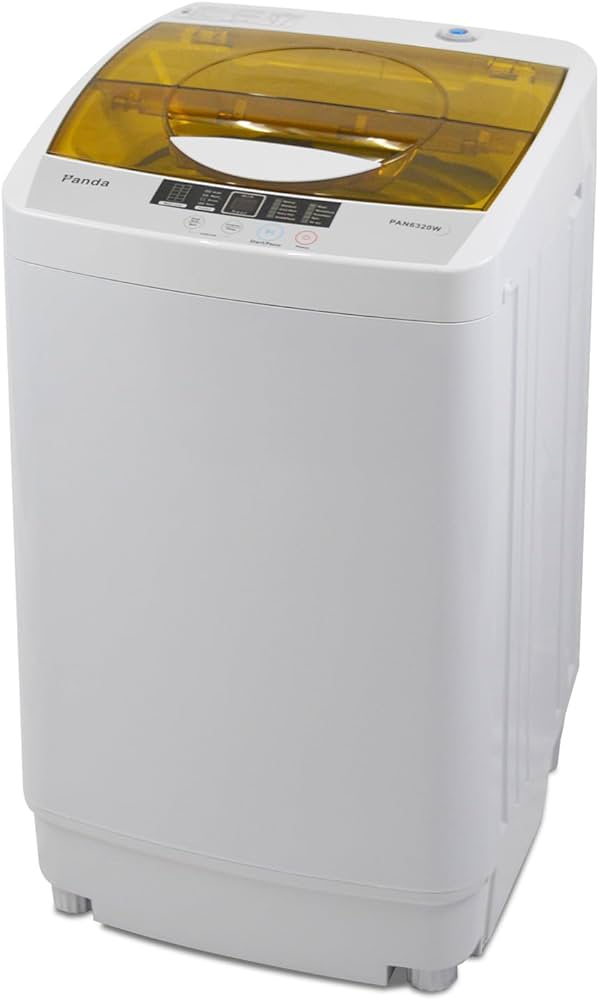
Conclusion
Checking the water supply on a washing machine involves inspecting the water supply valves and hoses, ensuring proper water pressure, and addressing common issues that may affect water flow. By following this step-by-step guide, you can identify and resolve water supply problems, allowing your washing machine to fill with water effectively. Regular maintenance, including cleaning screens and checking for leaks or damage, can help prevent future water supply issues. If you encounter persistent problems or require professional assistance, consult a plumber or contact the manufacturer for further guidance. With proper water supply, your washing machine can operate efficiently and provide optimal cleaning results.
